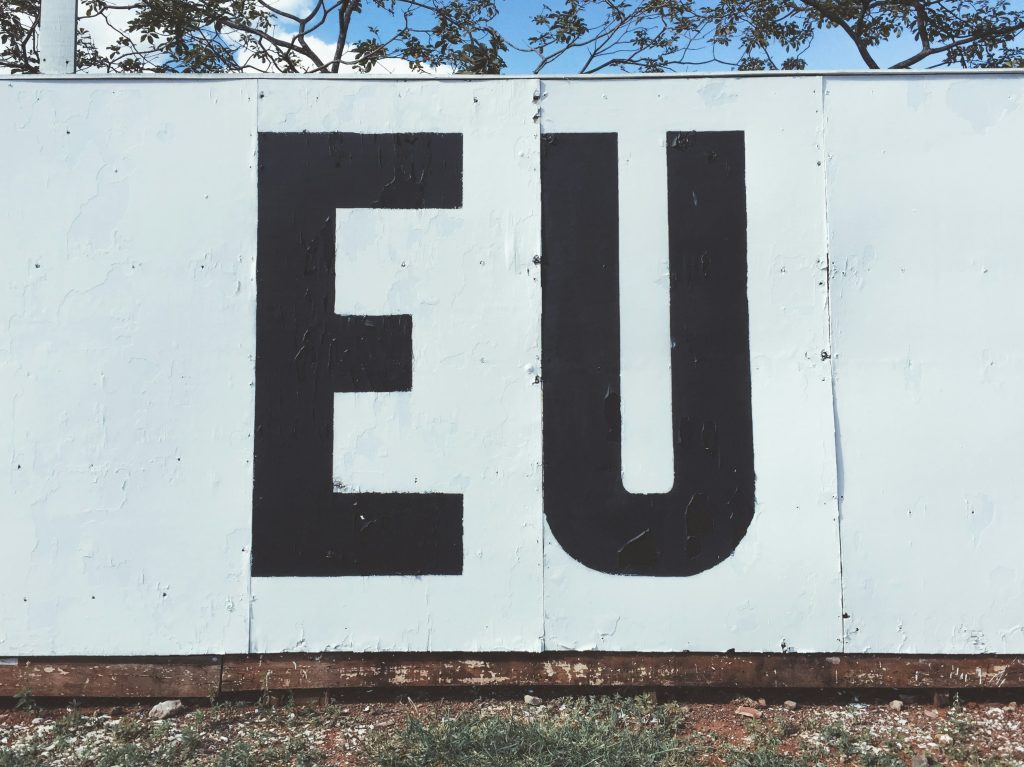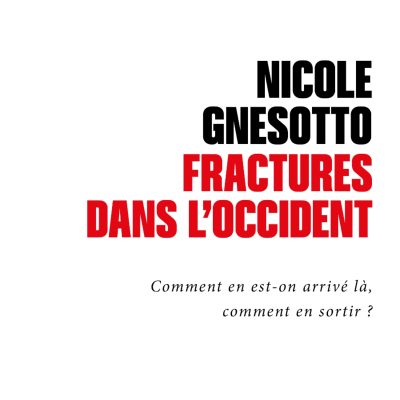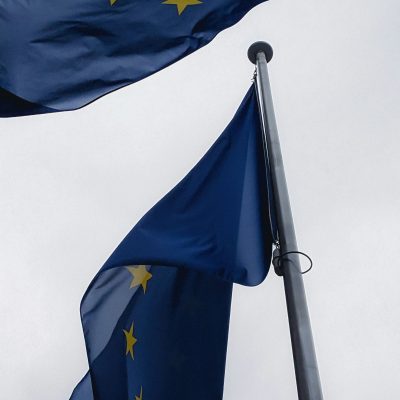[FR] The Concept of European Identity in EU Texts and Policies

Without denying that European integration had a long-term political future, its founders were primarily concerned with pragmatism, leaving any reference to identity out of the picture. In fact, the political context of the Cold War made any open reference to the European continent unworkable, given that half of it was under Soviet rule and its alignment with the United States was pretty much a given. Furthermore, the objectives of peace, prosperity and democracy were not well suited to references to the bellicose and colonial past that had characterised most of its Member States since 1850.
This initial restraint would mark European integration for many years, as evidenced by an analysis of the main institutional and political texts since 1951, such as the treaties and charters (listed in Annex 1), the policy speeches of the Presidents of the Commission since 1978 (Annex 2) and the declarations and conclusions of the European Councils (Annex 3). However, at the end of the 1980s, a change of attitude occurred with the progress of European integration, the affirmation of European citizenship and, above all, the fall of the Berlin Wall. European identity was increasingly invoked, but in contrast to the lyricism of some political speeches, official European texts remained very sober. In politics, as we moved away from the “historic core” of the Common Market with a diversification of EU intervention, but also as Euroscepticism grew, there is a double indecision on the part of leaders: on the one hand, between the notions of unity and diversity and, on the other, between two competing modes of popular legitimisation of European integration, namely effectiveness and meaning.





